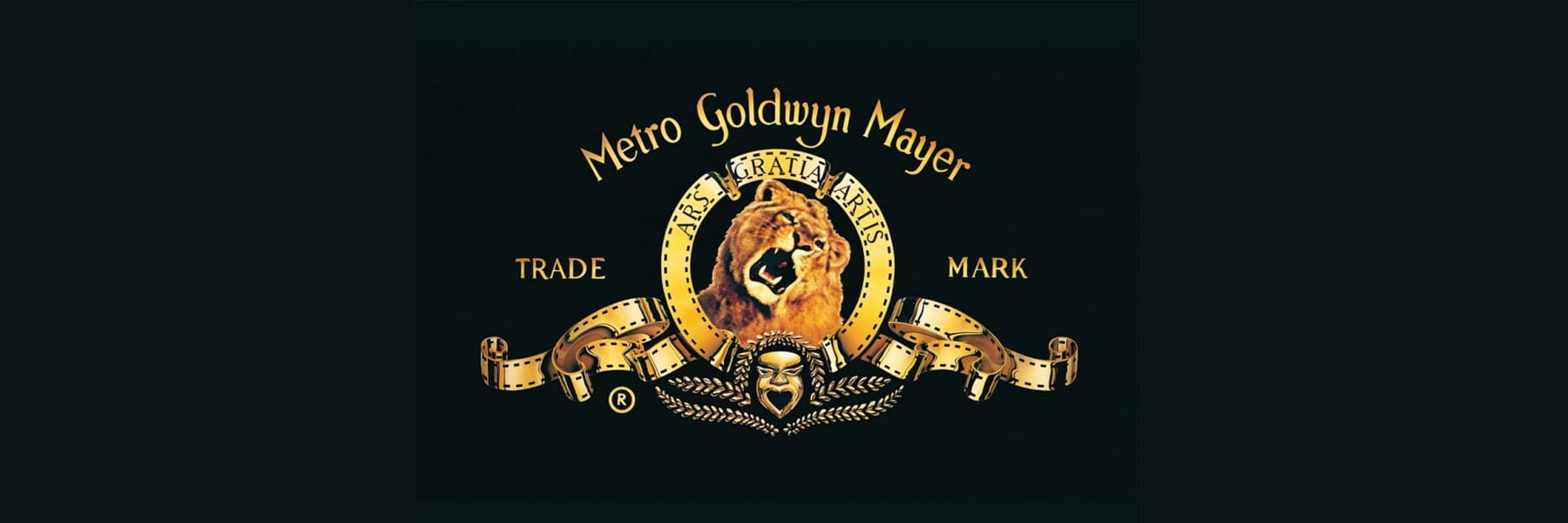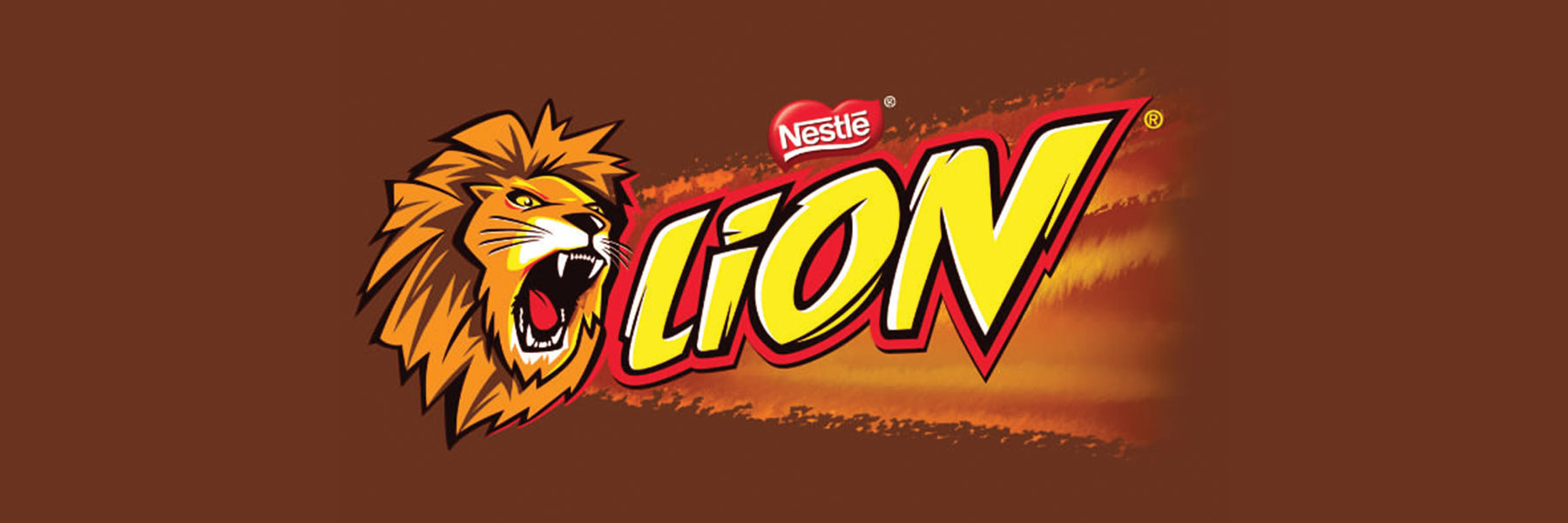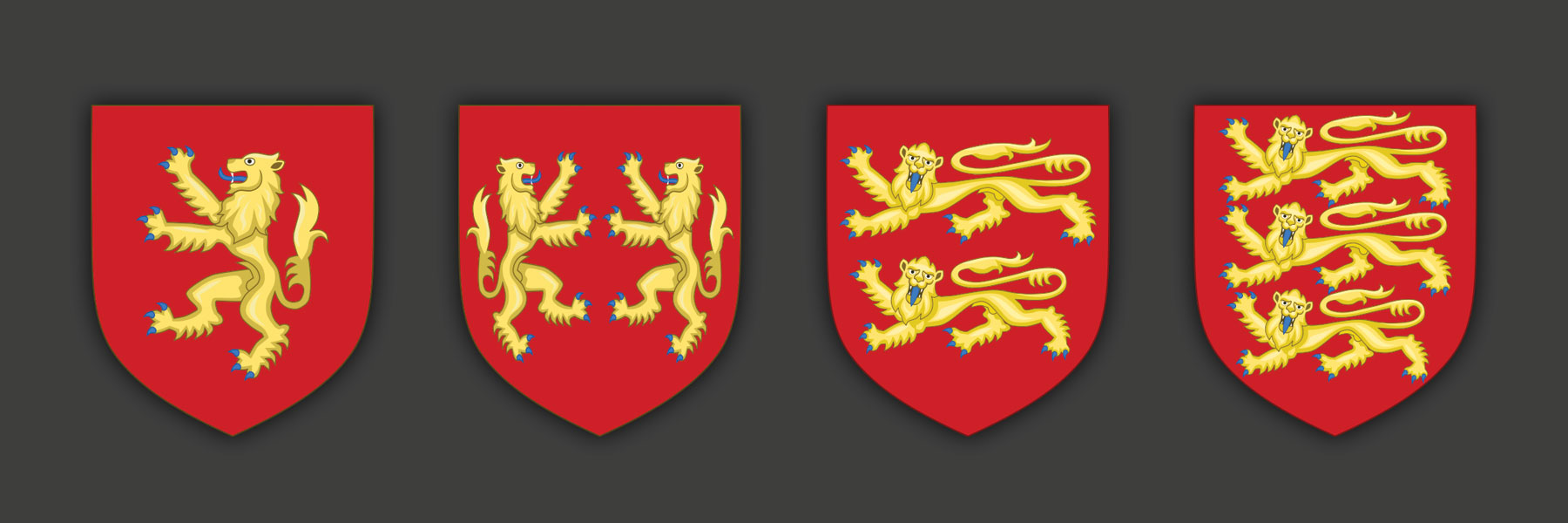

The Premier League revealed their forthcoming new logo last week. It may look a bit like that scene in The Lion King where Simba’s father appears in the clouds (or is that just me?), but as we discover here, lions have been a staple feature of branding for centuries…


MGM
A live-action lion was first featured in the titles of the Goldwyn Pictures Corporation in 1917. It was the brainchild of Howard Dietz, a lyricist better known for writing Broadway musicals, whose alma mater Columbia University had a lion as their mascot. Dietz also added the grandiose Latin motto Ars Gratia Artis (‘Art for art’s sake’). The moving logo was such a hit, it was retained when Metro-Goldwyn-Mayer was formed in 1924.
The first lion didn’t roar, but merely looked around in a stately manner, as I suppose a lion is entitled to do. However, by 1928 and the advent of sound in cinema, a gramophone record would be played in sync with the beast’s bellowing for maximum effect.
There have been various lions over the years, but since 1957 footage of the unimaginatively named ‘Leo’ has been used. In the 1960s, MGM experimented with a modernised lion logo – not dissimilar to the Premier League one, as it happens – but audiences missed Leo’s roar and he was quickly reinstated. Since then he has been digitally enhanced and even rendered in 3D, all for art’s sake.


Lion Bar
The Lion Bar was created, according to various sources on the internet, either by a chocolatier from Fawdon, Newcastle upon Tyne, named Alan Norman, or Brian Sollit, a ‘real-life Willy Wonka’ who also invented the Yorkie and After Eight Mint for Rowntree’s.
Launched in 1976, the bar was originally known as ‘Big Cat’ and kept that name in some regions into the 1990s. Nestlé acquired the brand in 1988 and updated the packaging slightly, with the lion appearing in various states of ferociousness through the years. The dark brown wrapper has occasionally been rendered orange or white for special editions.
Lion Bar advertising slogans over the decades include ‘When you feel like a great big bite’ and ‘Only one of these is a real Lion Bar and that’s the one to attack’.


Peugeot
Depending on your point of view, Peugeot is the oldest car company in the world, having been founded in 1810. However, this is a somewhat problematic fact, considering the car wouldn’t be invented for another eight decades. A family manufacturing firm, Peugeot made coffee mills and dress-making equipment for most of the century, before making the logical leap into bicycles and then automobiles around 1890, shortly after Karl Benz registered his engine patent.
The lion trademark was registered in 1858, although early historical depictions are unrecognisable to the stylised big cat we know today. It wasn’t until 1948 that the company adopted the rampant lion from the coat of arms of the Franche-Comté region, where they were based.
In the 1960s, they reverted to a side-on lion’s head, before finally revealing the now-familiar outline logo in 1975. Peugeot’s lion has stayed in pretty much the same pose since, although in 2010 it noticeably stopped sticking its tongue out, unlike these fellas…


The FA
The famous ‘three lions on a shirt’ are actually leopards according to heraldry nomenclature, if not Baddiel & Skinner (the rampant lion on the Scottish FA crest is a heraldic lion, though no one calls the Scottish team ‘The Lions’).
The use of lions to represent England goes back to the Plantagenet king Henry II, the lion being the emblem of his Norman descendants (why France was so obsessed with lions is anyone’s guess). When England played Scotland in the first official international match in 1872, the two teams played in white and blue respectively and suitable crests – more or less as we’d recognise them now – were added to the jerseys to lend the occasion gravitas.
While associated with the England team from this moment on, the crest did not become the official logo of the FA until 1948, when 10 red Tudor roses were added to signify the organisation’s 10 membership levels. The England cricket team wear the same crest with an additional crown.


Richard the Lionheart
Richard I was one of history’s butchers, leading the third crusade against the Muslim world and slaughtering thousands of captured soldiers in cold bold. On the verge of conquering Jerusalem in 1192, he bottled it and set off back to England to deal with his brother John who was doing a rubbish job of ruling in his stead.
En route, he ended up the hostage of an evil Duke for over a year. Finally returning to England after a king’s ransom was (literally) paid, he immediately went to war again, this time against King Phillip II of France over an unpaid dowry.
All in all, it was a bloody (again, literally) shambles. But the nickname ‘Lionheart’, or cœur de lion in his native tongue, was earned thanks to his masterful conquests of Sicily and Cyprus (1190-91). From there he set his sights on the Holy Lands and it all went a bit wrong, but the brand stuck and his reputation as a great military leader survived, making crusading a fashionable hobby for European rulers for centuries afterwards.
Not having a low opinion of himself, during his reign Richard added first one and then another lion to his father Henry II’s aforementioned crest, bringing the total up to the magic number of three. He also adopted the motto Dieu et mon droit (‘God and my right’) still used by today’s royal family.
Richard I has been described by one historian as ‘a bad son, a bad husband, and a bad king, but a gallant and splendid soldier.’ He was also a pretty canny self-promoter, it seems.
